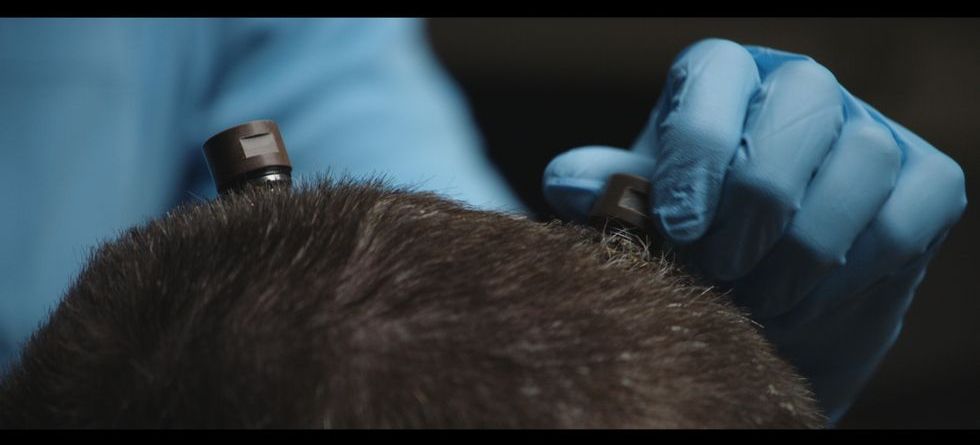Compact devices would be far cheaper than existing technology.


One of Digit’s autonomy layers ensures a minimum distance from obstacles, even mobile ones like pesky engineers. In this video, the vision system is active and Digit is operating under full autonomy.

AirTV Mini is one of the few dongles using Google’s Android TV platform and now, the product has been updated to support Amazon Prime Video.
Elon Musk shared an update that building a sustainable city on Mars will take at least two more decades, as the planets align only once every two years.

Fossils of just about everything have been unearthed, from ancient feathers to entire dinosaur skeletons preserved in opal, but there is one thing nobody thought could survive hundreds of thousands of years—until now.
Brain matter from a Cambrian arthropod that crawled around 500,000 years ago has proven many paleontologists wrong about brain decay being inevitable. Previous research suggests that no matter what it may be protected by, soft neural matter will break down long before fossilization can even start. Minds have suddenly been changed. Alalcomenaeus may have been a tiny creature, but its exoskeleton was tough enough to ward off decomposition.
This is the fourth instalment in a four-part series examining the brewing US-China war over the development and deployment of artificial intelligence technology.
China has had success with AI and surveillance, but when it comes to social issues such as education, health care and agriculture, there is still a ways to go.
China has had success with private sector AI, but when it comes to social issues such as education, health care and agriculture, there is still some way to go to reach its goals.
When scientists find a round, lumpy object they can’t totally explain, they call it a “blob.” Here are our nine favorite blobs of 2019.

